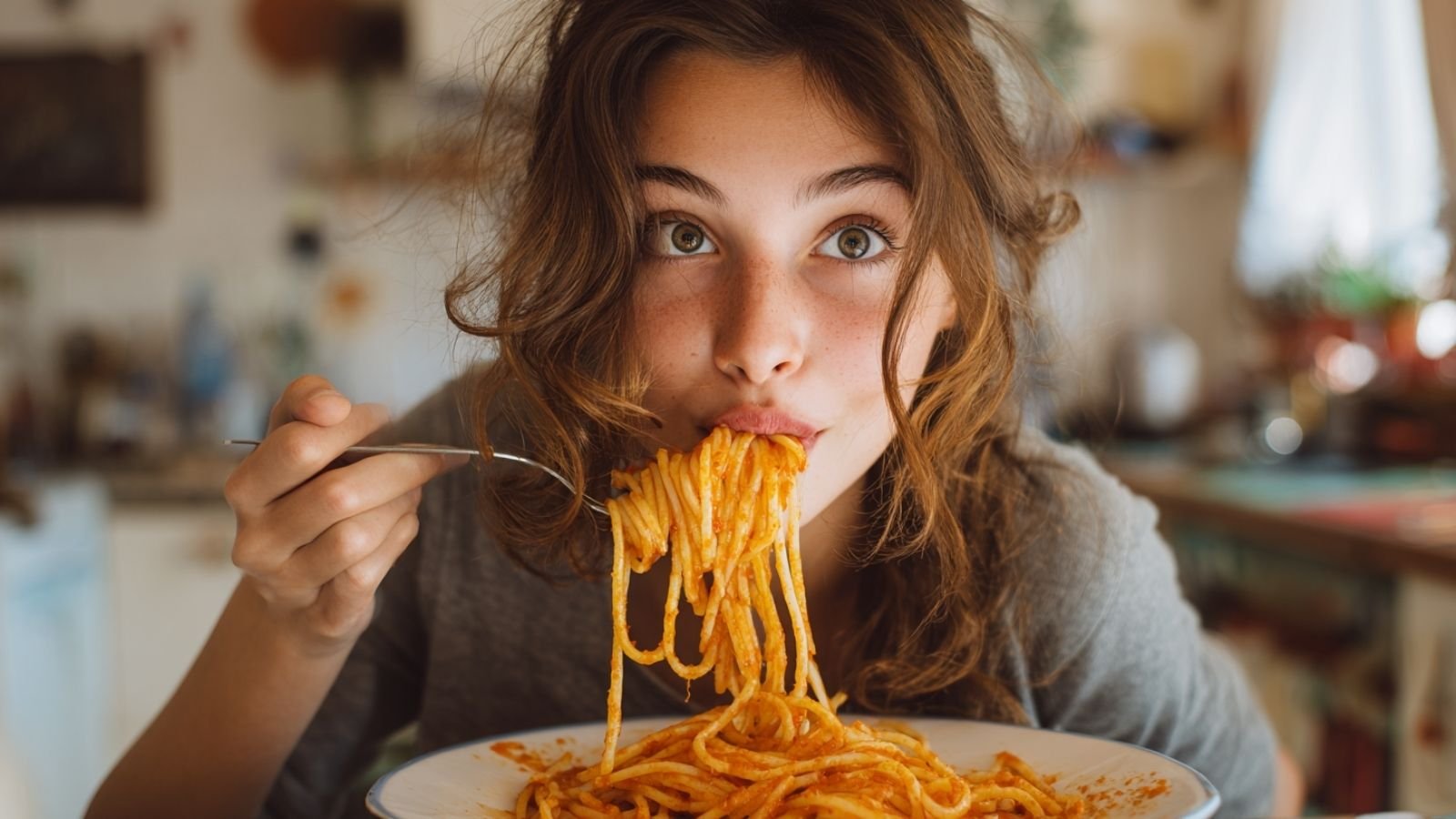Protein in Pasta: The Secret Your Spaghetti Has Been Hiding
Pasta has a reputation as the carb king of the dinner table, the stuff marathon runners load up on and dieters eye with suspicion. But hiding beneath that familiar pile of spaghetti or penne is something often overlooked: protein in pasta. Yes, protein — the nutrient everyone associates with chicken breasts, Greek yoghurt, or the latest pea protein smoothie craze. It turns out your humble pasta bowl is quietly sneaking some into your diet, whether you’ve noticed it or not.
The story of pasta goes back centuries, with arguments still raging about whether it was born in China and brought west by Marco Polo, or whether it quietly grew up in the Mediterranean without anyone making a fuss. What we do know is that by the 13th century, pasta was already a big deal in Italy. The climate of southern Italy, particularly around Naples, was perfect for drying long strands of dough in the sun. By the 18th century, pasta was not only common but practically a national identity. Italians have always known that pasta isn’t just a blank starch canvas; it’s a food with structure, character, and — yes — some respectable protein.
That protein owes a lot to the type of wheat. The gold standard for pasta is durum wheat, specifically semolina, which is hard, amber-coloured, and naturally higher in protein than softer wheats used for bread or pastries. Durum gives pasta its signature bite, the al dente resilience that makes Italians roll their eyes when someone overcooks spaghetti into mush. Typical durum pasta contains around 12–15% protein by weight, and when translated into a serving size, that’s roughly 7–8 grams of protein in a 2-ounce (56g) portion. It’s not a steak, but it’s not negligible either.
Choosing pasta is a bit like choosing wine: once you know the basics, the world opens up. If you want authentic texture and flavour, look for “100% durum wheat semolina” on the label. Bronze-cut pasta, with its slightly rough surface, will cling to sauce beautifully. Wholewheat pasta brings more fibre and micronutrients, though the protein content stays similar. Then there’s the modern protein-boosted category: lentil pasta, chickpea pasta, edamame pasta, and even quinoa-based blends. These can reach 18–25 grams of protein per serving — double or triple the amount in standard wheat pasta. High-protein pasta is often marketed like a sports food in disguise. On the flip side, cheaper, softer-wheat pastas might dip to 5–6 grams per serving, making them the low-protein end of the spectrum.
Cooking, however, is where you can win or lose. Protein is relatively stable under heat, but the way you treat pasta makes a difference. Boiling it too long dilutes nutrients into the water, particularly if you’re working with legume-based pasta, which can leach more. The trick is to cook it al dente — firm to the bite — which not only respects tradition but also helps retain maximum protein content and keeps the glycaemic index lower. Another tip is to use just enough water to cook the pasta so fewer nutrients escape, and if they do, stir some of that starchy, protein-rich water back into your sauce. Italians have been doing this for centuries without calling it science.
There’s also a cultural twist here. In Italy, no one talks about protein in pasta. They talk about sauce, texture, wine pairings, and whose nonna makes it better. In Britain or the US, though, we love to reduce food into nutritional math problems, scanning labels for protein bragging rights. Pasta has become a reluctant participant in that game, rebranded from comfort food to something you can justify with numbers. “Don’t worry, it has protein” has become the pasta equivalent of “it’s got kale in it.”
Still, the shift isn’t entirely bad. For vegetarians and vegans, protein-rich pasta options are a gift, filling a gap that tofu can’t always cover and giving people an excuse to eat three bowls of penne without guilt. And if you’re training for a half-marathon, a high-protein spaghetti night does double duty, loading up your glycogen stores while giving your muscles something extra to chew on.
What makes this whole thing slightly amusing is that pasta didn’t need a makeover to matter nutritionally. Even regular pasta, the supposedly “bad” white variety, carries protein. When you pile on a tomato sauce with lentils, a sprinkle of parmesan, or even a simple olive oil and garlic toss, the meal becomes a perfectly decent balance of macronutrients. The idea that pasta has to prove its protein credentials is more of a marketing story than a nutritional reality.
So next time you twirl your fork in a plate of tagliatelle, remember that you’re not just indulging in comfort carbs. There’s protein in pasta, quietly holding its own, whether or not the packaging shouts about it. It may never win the protein Olympics against steak or eggs, but it doesn’t have to. Pasta isn’t trying to be chicken. It’s just trying to be pasta — and it’s been doing a pretty good job of that for a few thousand years.
